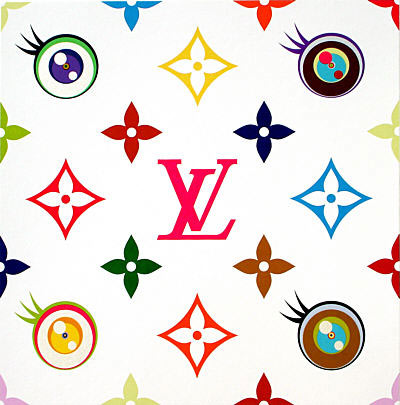Yoshitomo Nara

Yoshitomo Nara is a contemporary Japanese pop artist, who derives his style from magna and anime, much like Takashi Murakami. His characters are often large-eyed childlike figures, but also possess dark characteristics. These children, who at first glance appear to be cute and vulnerable, sometimes brandish weapons like knives and saws. His work expresses the "alienation and fierce independence of childhood." Nara's intriguingly bizarre works have even gained him a cult following around the world.

Light my fire, 2001
Little Ramona, 2001
Acrylic on cotton













